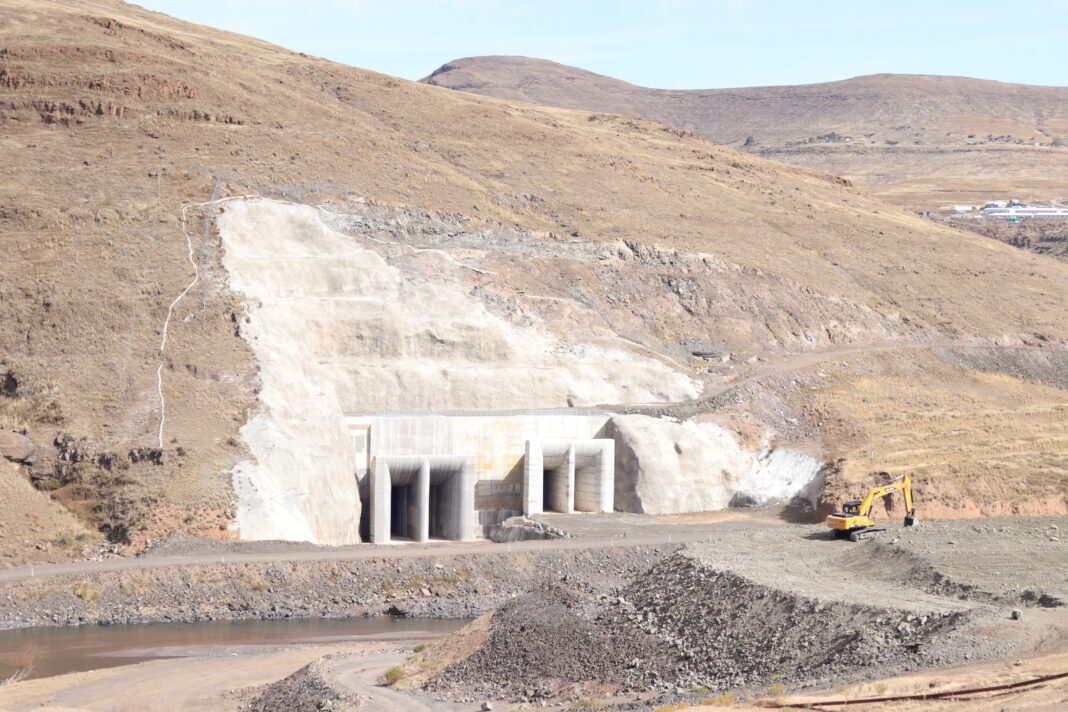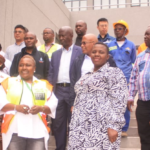… Polihali project faces social strain
Mohloai Mpesi
Startling revelations have emerged regarding the multi-billion Maloti Phase II of the Lesotho Highlands Water Project (LHWP), as male workers hailing from Maseru and Berea are accused of destabilising marriages in the nearby villages of Mokhotlong.
The Phase II of LHWP, overseen by the Lesotho Highlands Development Authority (LHDA), aims to construct the Polihali Dam, a water transfer tunnel, and associated infrastructure.
However, a recent report by the International Organisation of Migration (IOM) paints a distressing picture of extramarital affairs involving construction workers and married women, straining relationships and inciting tensions.
The report asserted that “extramarital sex between married women and construction workers is a widespread occurrence that is straining relationships and raising tensions between the community and the construction workersâ€.
“This affects a large number of male migrants, mostly internal migrants from Maseru and Berea, with a few foreign migrants,†the report added.
It indicated that while no formal complaints had been filed with the police, anecdotal evidence suggests that such incidents are indeed transpiring, with many parties opting to settle disputes without involving legal authorities.
The IOM report pointed to the rise in Gender-Based Violence (GBV) cases as a concerning outcome of these affairs.
The report linked married Basotho women’s extramarital engagements with foreign migrants and construction workers to supplement their income and fulfill basic needs.
This phenomenon has reportedly driven a surge in commercial sex work, extending even to neighboring high schools where female students are allegedly sneaking out to meet potential customers.
“Commercial sex is on the rise and seen as an alternative livelihood in Mapholaneng. It has even spread to neignbouring high schools, where teachers witnessed their female students sneaking out late at night to meet possible customers.
“Mature girls who live in school compounds (boarding hostels) are said to interact with migrants at bars and lodges. As a result, the schools have reported high absenteeism and dropout rates among female students,†the report read.
The report, which extensively studied the Mapholaneng-Mokhotlong and Ha Seshote-Thaba-Tseka districts, highlighted the marginalisation of these areas due to the construction project, illegal mining, and irregular migration.
In an exclusive interview with Newsday earlier this year, Mpho Brown, the Public Relations Manager of LHDA, emphasised the project’s commitment to the well-being of the communities it operates in.
Brown noted that the LHDA is particularly sensitive to matters of public health, community health, and the welfare of adolescent girls and young women.
He noted, “Unfortunately, some of the allegations that have been leveled against the LHWP on this issue have not been entirely substantiated by direct evidence.â€
Brown emphasised the comprehensive planning process of LHWP Phase II, which included environmental and social impact assessments.
These assessments included a Public Health Baseline Study (PHBS) and a Health Impact Assessment (HIA) conducted between 2018 and 2019 that examined prevailing health outcomes and existing services in the project area.
He said the HIA revealed that the district of Mokhotlong was already experiencing a high rate of school dropout rate, early/child marriage, and teenage pregnancy as high as the national average (24 percent), and an HIV/AIDS prevalence rate that is three percent higher than the national average.
“These worrisome public health and social outcomes are a chronic ailment of Lesotho as a whole, and I only highlight them here to show that, even before there was the presence of LHWP construction workers in the district to any substantive degree, concerning trends were already present in the district,†he emphasised.
The LHWP, initiated in 1986 through a partnership between Lesotho and South Africa, aims to transfer water from the Lesotho highlands to South Africa’s Gauteng industrial hub while generating hydro-electricity for Lesotho.
The LHWP is a substantial multi-dam water project that was initiated through a partnership between the governments of Lesotho and South Africa in 1986.
This initiative involves transferring water from the Lesotho highlands to South Africa’s Gauteng industrial hub via the Vaal River System, while also generating hydro-electricity for Lesotho.
The project, known as Africa’s largest water transfer scheme, is a significant stride in regional cooperation and resource management.
Phase II will ultimately increase the annual supply rate from 780 million cubic meters to over 1.270 million cubic meters, reinforcing both water security and energy generation. The total cost of Phase II, which commenced construction in May, stands at approximately M42 billion.

Your Trusted Source for News and Insights in Lesotho!
At Newsday Media, we are passionate about delivering accurate, timely, and engaging news and multimedia content to our diverse audience. Founded with the vision of revolutionizing the media landscape in Lesotho, we have grown into a leading hybrid media company that blends traditional journalism with innovative digital platforms.












